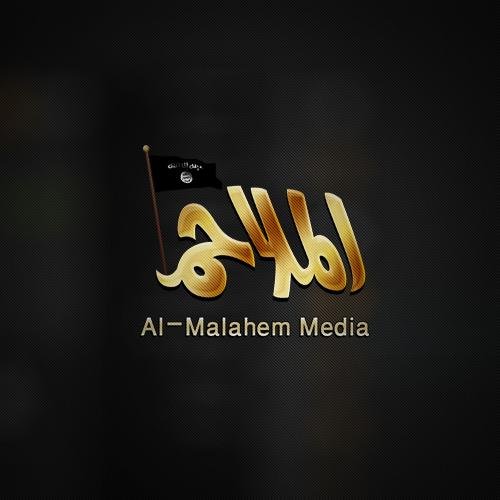
Click the following link for a safe PDF copy: al-Qā’idah in the Arabian Peninsula — Disclaimer and Warning
________________
To inquire about a translation for this statement for a fee email: [email protected]

Click the following link for a safe PDF copy: al-Qā’idah in the Arabian Peninsula — Disclaimer and Warning
________________
To inquire about a translation for this statement for a fee email: [email protected]
The first part of this title is in reference to Qur’anic verse 3:118. Here it is in full: “Oh you who have believed, do not take as intimates those other than yourselves, for they will not spare you [any] ruin. They wish you would have hardship. Hatred has already appeared from their mouths, and what their breasts conceal is greater. We have certainly made clear to you the signs, if you will use reason.”
—
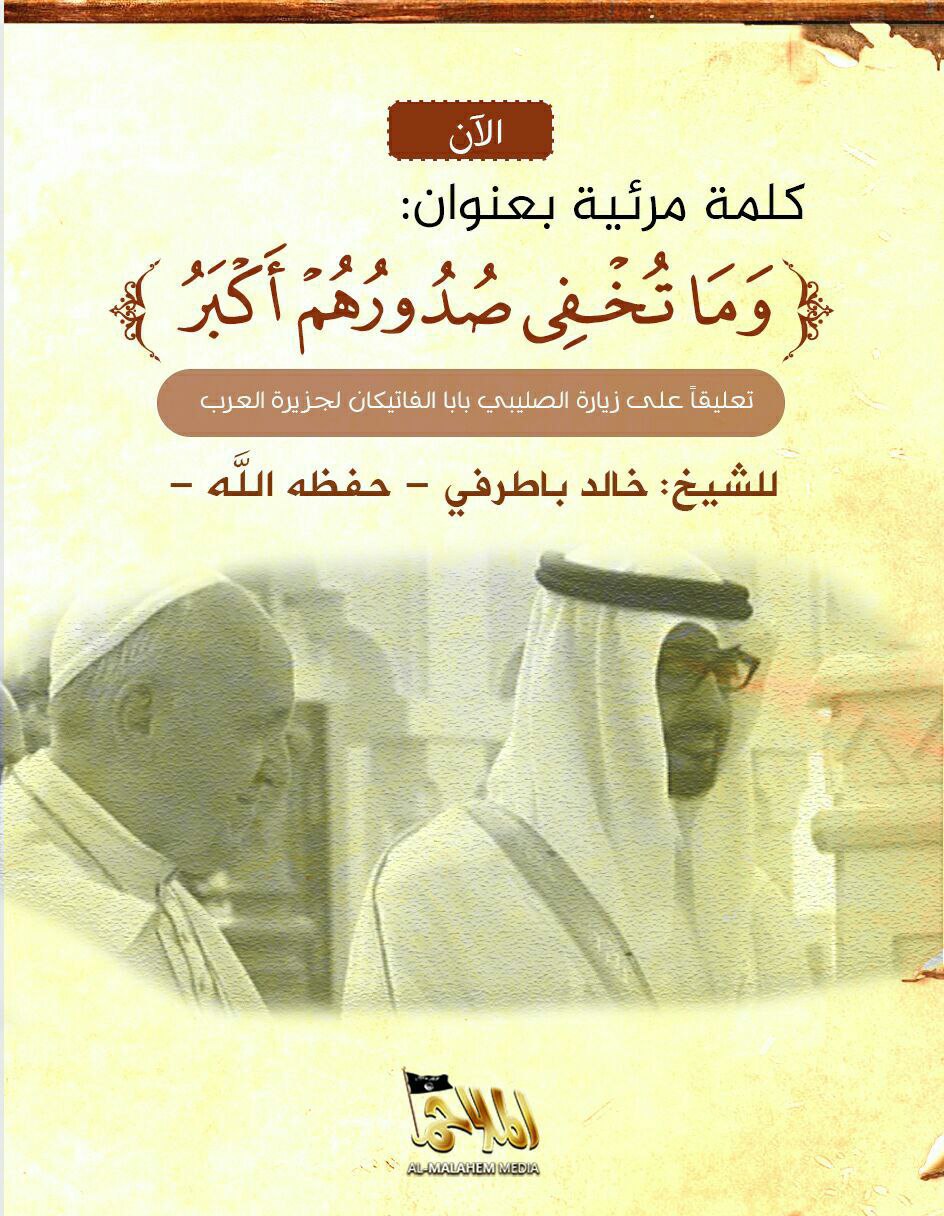
To inquire about a translation for this video message for a fee email: [email protected]
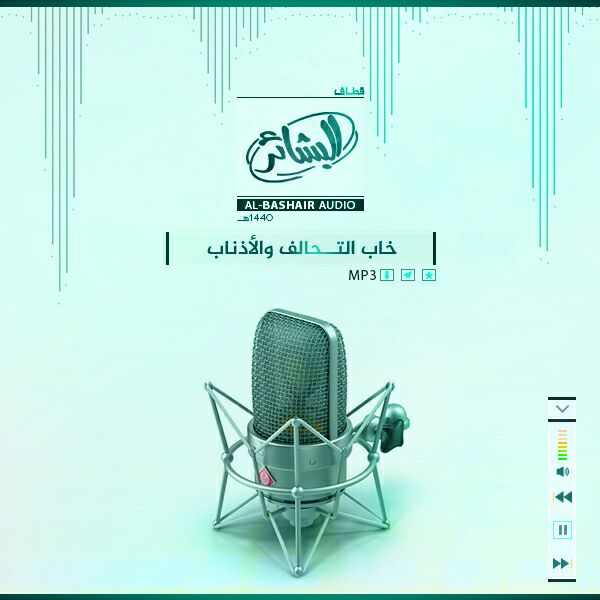
al-Qā’idah in the Arabian Peninsula: “In Our War the Coalition Was Disappointed”
____________
Source: Telegram
To inquire about a translation for this nashīd for a fee email: [email protected]
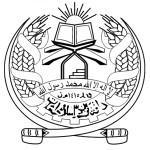
Negotiations took place between the representatives of Islamic Emirate and the United States of America in the city of Abu Dhabi, United Arab Emirates, on the 17th and 18th of December 2018.
These series of meetings were also attended by representatives from three Islamic countries and the focal point of discussion was the withdrawal of foreign troops. Moreover, the delegation of Islamic Emirate presented documented information and proof to the participants about indiscriminate bombings against civilians and demanded its immediate halt. Talks were also held about humane treatment of prisoners and their freedom, a matter that shall be taken into consideration. The policy of Islamic Emirate about a ceasefire and talks with the Kabul administration, interim government, elections and other internal matters was already known beforehand and would not be discussed because the root cause of all problems and biggest obstacle to peace is the occupation of Afghanistan and bringing it to an end.
Future negotiation meetings shall continue after deliberations and consultations by both sides with their respective leaderships.
Spokesman of Islamic Emirate of Afghanistan
Zabihullah Mujahid
11/04/1440 Hijri Lunar
28/09/1397 Hijri Solar 19/12/2018 Gregorian
_____________
Source: Telegram

Serious discussions have been taking place over the past two days in the Untied Arab Emirates between representatives of the Islamic Emirate and United States about ending the occupation.
These talks are also being attended by representatives of some other nations.
But various officials of the Kabul administration have consistently and groundlessly been asserting since yesterday that their delegation will hold a meeting with the representatives of the Islamic Emirate during this gathering.
We once again reject these reports. Discussions are taking place with the representatives of the United States about ending the occupation, a matter that does not concern the Kabul administration whatsoever. The entire agenda is focused on issues concerning the occupiers and talks will exclusively be held with them.
Our countrymen should not pay any heed to the rumors and speculations of various Kabul administration officials and organs. Media should also refrain from propaganda by taking our views into consideration before publishing any reports.
Spokesman of Islamic Emirate of Afghanistan
Zabihullah Mujahid
11/04/1440 Hijri Lunar
27/09/1397 Hijri Solar 18/12/2018 Gregorian
____________
Source: Telegram

Yesterday the delegation of Islamic Emirate held extensive rounds of meetings with the high-ranking officials of Saudi Arabia, Pakistan and United Arab Emirates in Abu Dhabi. Talks revolved around withdrawal of occupation forces from Afghanistan, ending the oppression being carried out by the United States and her allies and views were exchanged with the said countries about peace and reconstruction of Afghanistan. Moreover, preliminary talks were held with the said countries along with the State Department’s Special Representative Zalmai Khalilzad at the end of the day. And meetings in this negotiations process shall continue today.
Spokesman of Islamic Emirate of Afghanistan
Zabihullah Mujahid
11/04/1440 Hijri Lunar
27/09/1397 Hijri Solar 18/12/2018 Gregorian
____________
Source: Telegram

As the Islamic Emirate had announced prior, a meeting is taking place between representatives of the Islamic Emirate and United States in the United Arab Emirates.
The meeting will also be attended by representatives of Saudi Arabia and some other countries.
Claims by some media outlets associated with the Kabul administration that their representatives will also hold talks with those of the Islamic Emirate are unfounded. We strongly reject this propaganda. There is no plan of holding a meeting with representatives of the Kabul administration and neither are they present in the meeting being attended by the delegation of Islamic Emirate. Rumors being heard in this regard is mere propaganda, our countrymen should not pay it any heed.
Spokesman of Islamic Emirate of Afghanistan
Zabihullah Mujahid
09/04/1440 Hijri Lunar
26/11/1397 Hijri Solar 17/12/2018 Gregorian
____________
Source: Telegram
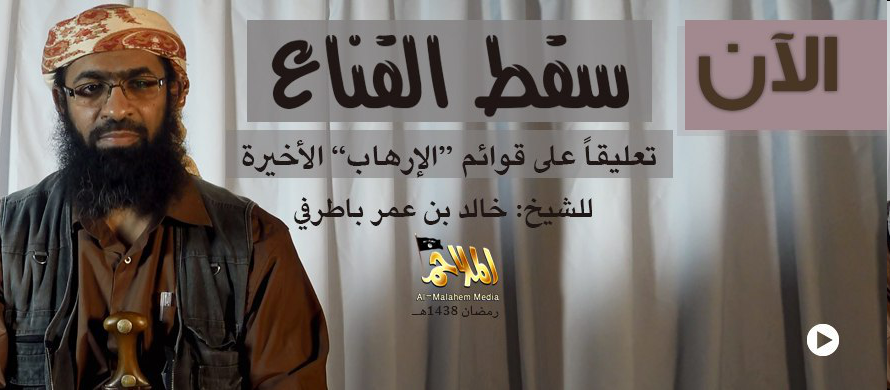
____________
To inquire about a translation for this video message for a fee email: [email protected]
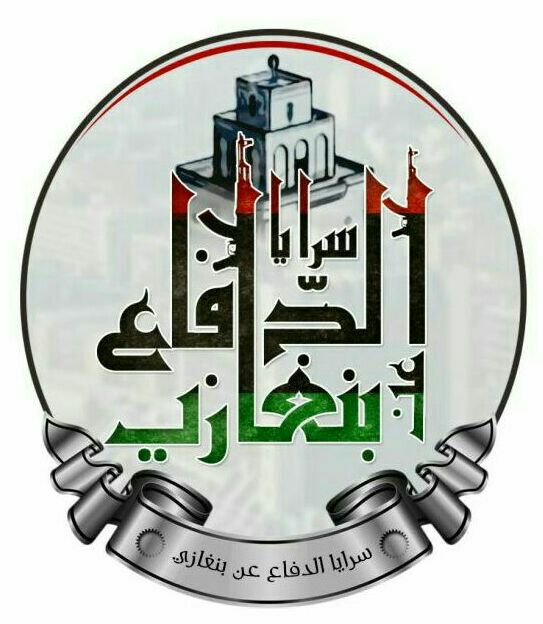
Arabic:
Sarāyā al-Dafā’ ‘an Binghāzī — Response to the Classification of the Four Countries That Put Sarāyā al-Dafā’ ‘an Binghāzī on the Terrorism List
English:
Sarāyā al-Dafā’ ‘an Binghāzī — Response to the Classification of the Four Countries That Put Sarāyā al-Dafā’ ‘an Binghāzī on the Terrorism List (En)
___________
Source: Telegram
To inquire about a translation for this statement for a fee email: [email protected]

Click the following link for a safe PDF copy: al-Qā’idah in the Arabian Peninsula — “Denying the Emirati Allegations About the Liberation of a Kidnapped Briton”
_________________
To inquire about a translation for this statement for a fee email: [email protected]